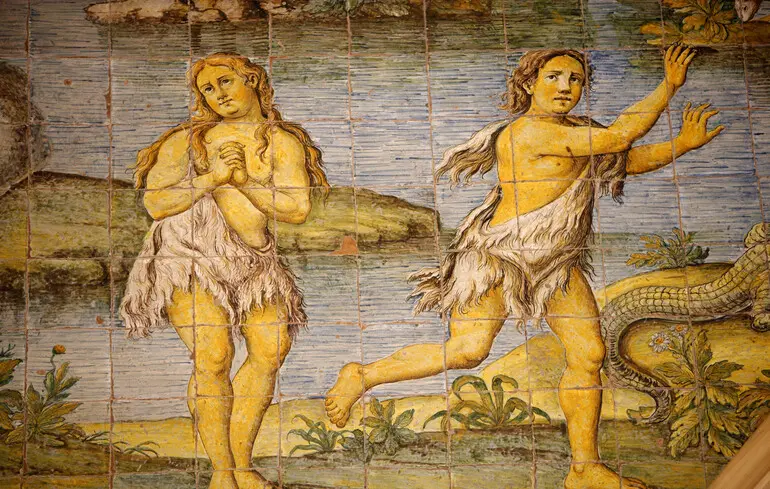Did the Garden of Eden Ever Exist? Archaeological Investigations and Biblical Mysteries

For centuries, the Garden of Eden has remained one of the most enigmatic and discussed topics in Christian tradition and religious thought.
According to biblical narratives, it was an idyllic paradise located in the Western world, marking the beginning of human history.
Yet, scientists and archaeologists continue efforts to find concrete evidence of the exact geographical location of this legendary place.
Despite numerous attempts, no definitive proof of Eden’s existence or its precise location has been established thus far.
Biblical texts from the Book of Genesis describe Eden as situated ‘in the east,’ from where a river flowed out that divided into four branches: Tigris, Euphrates, Pishon, and Gihon.
Researchers suggest that the waters of the first two rivers correspond roughly to regions within modern Iraq and Turkey, but the origins of the other two remain debated, with some scholars linking them to regions in South Arabia and the Mesopotamian area.
Various hypotheses have been proposed regarding the names and possible locations of Gihon and Pishon.
For example, some identify Pishon with Wadi al-Batin — a dry riverbed between Saudi Arabia and Kuwait — or with ancient riverbeds that once crossed the Arabian Peninsula.
Another popular theory associates Gihon with the Karun River in Iran or even the Blue Nile, though this conflicts with biblical geography.
Most experts agree that the idea of Eden likely originated in the Mesopotamian region, often called the ‘Cradle of Civilization,’ where early civilizations and fertile lands flourished.
Some even suggest that the biblical description was inspired by the rich and fertile lands of the Tigris-Euphrates delta, renowned as the Fertile Crescent—an important center for early human development.
In the 1980s, archaeologist Jöris Zaarins proposed an innovative hypothesis claiming that the Garden of Eden was submerged beneath the waters of the Persian Gulf.
Using NASA satellite images, he identified ancient riverbeds that once drained from the Arabian Peninsula.
According to him, Pishon correlates with Wadi al-Batin, and Gihon with the Karun River in Iran.
Critics argue that this theory conflicts with biblical accounts, which state that rivers flowed out of Eden rather than into it.
On the other hand, contemporary scholars like Francesca Stavrakopoulou of Exeter University see Eden more as a symbolic space—an idealized image drawn from royal gardens of the ancient Near East.
Others interpret it as a metaphor reflecting the cultural memory of the region, embodying harmony between mankind and nature in the Middle East.
Despite various theories and ongoing investigations, no archaeological evidence confirming Eden’s existence has yet been found.
Nevertheless, the belief in its reality continues to inspire exploration, combining biblical texts with modern scientific methods.
Earlier, in the ancient harbor of Alexandria, archaeologists discovered a Greek-inscribed cup bearing the phrase ‘Through the Singer of Christ.’ Some researchers interpret this as potentially the earliest non-biblical mention of Jesus, serving as material evidence of his historical existence.
Others suggest alternative meanings for the inscription, relating it to other deities or magical rituals.

